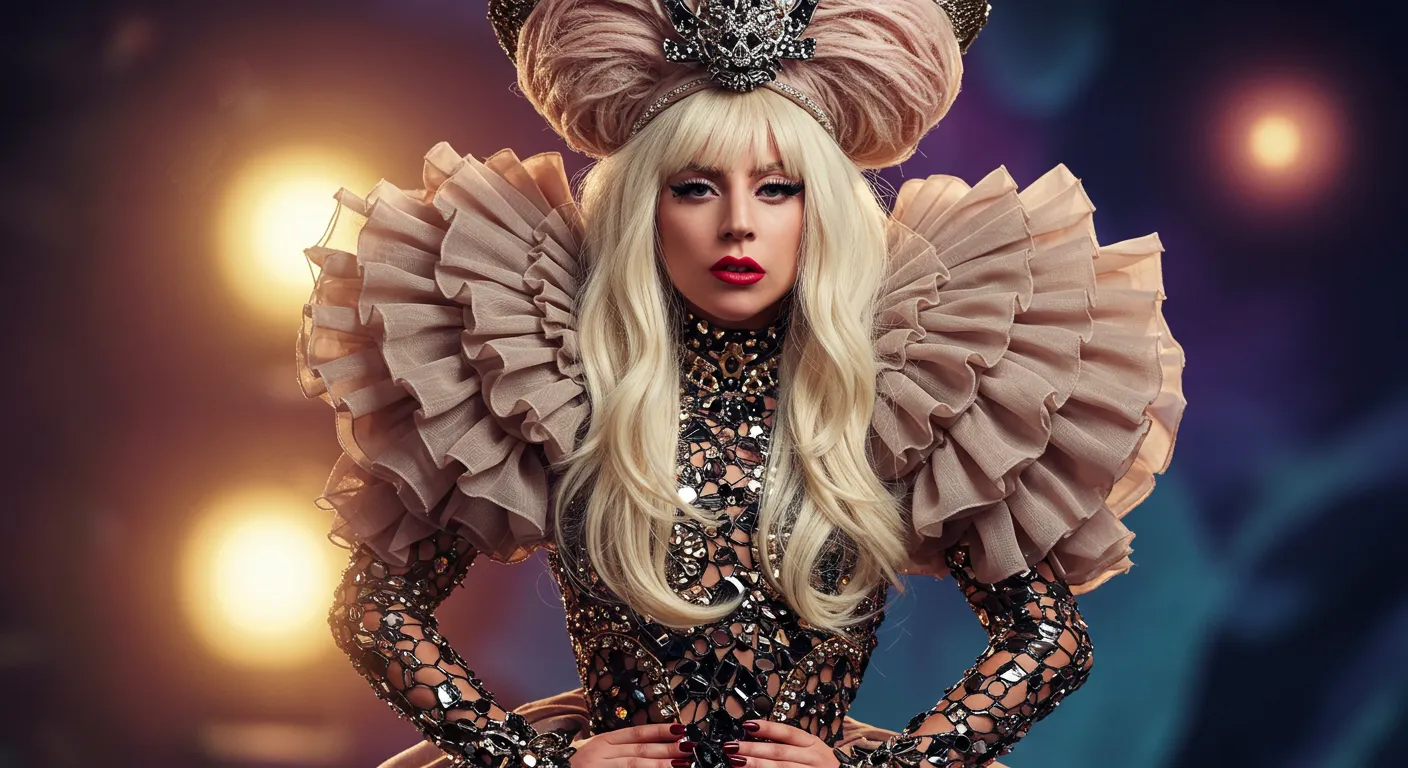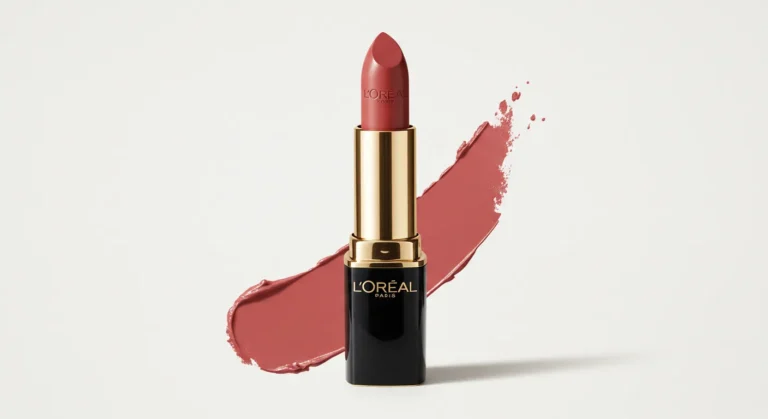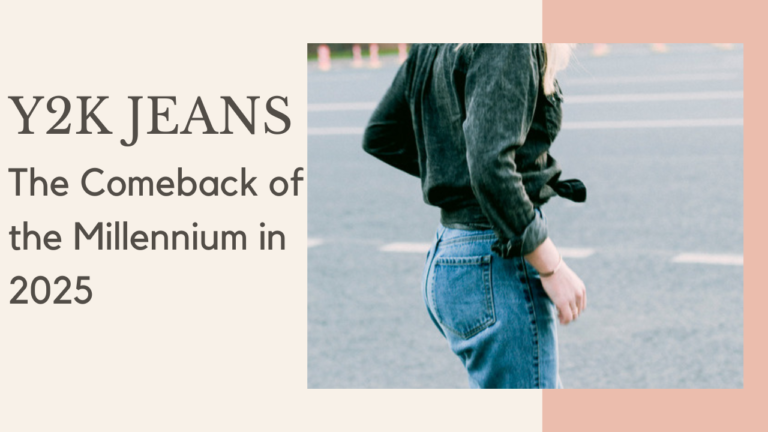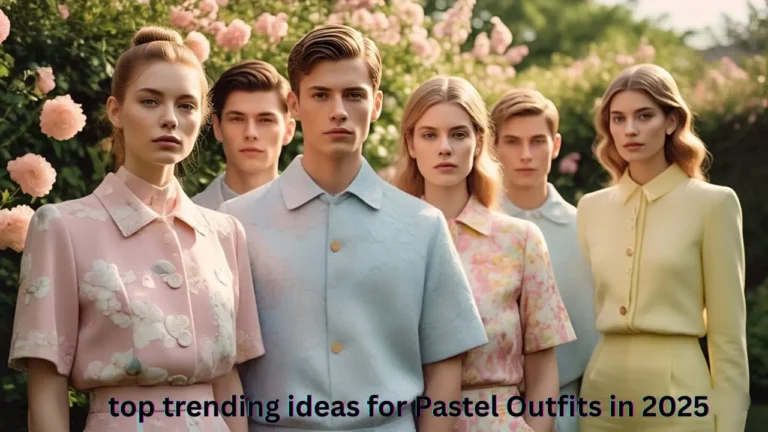Lady Gaga Craziest Clothes A Fearless Fashion Journey in 2025
Introduction
When it comes to pop culture icons who have redefined the boundaries of fashion, Lady Gaga is in a league entirely her own. From the moment she burst onto the scene with her debut single “Just Dance” in 2008, Gaga proved she wasn’t just another chart-topping singer — she was a revolutionary. Known for her powerhouse vocals and genre-bending music, it’s Gaga’s outrageous wardrobe that has often stolen the show. Whether draped in raw meat or encased in an egg-shaped vessel, her wardrobe choices have sparked global conversation, stunned audiences, and cemented her status as a fearless fashion provocateur.
Lady Gaga’s craziest clothes aren’t just about shock value. Her fashion is performance art, political statement, cultural critique, and emotional expression—all stitched into avant-garde silhouettes and boundary-pushing materials. She’s collaborated with some of the most daring designers on the planet, including Alexander McQueen, Nicola Formichetti, and Iris van Herpen, consistently turning red carpets into conceptual catwalks.
In this article, we’ll explore Lady Gaga’s most jaw-dropping fashion moments. From the infamous meat dress to her out-of-this-world Met Gala looks, each outfit tells a story — one that’s often provocative, deeply personal, and always unforgettable.
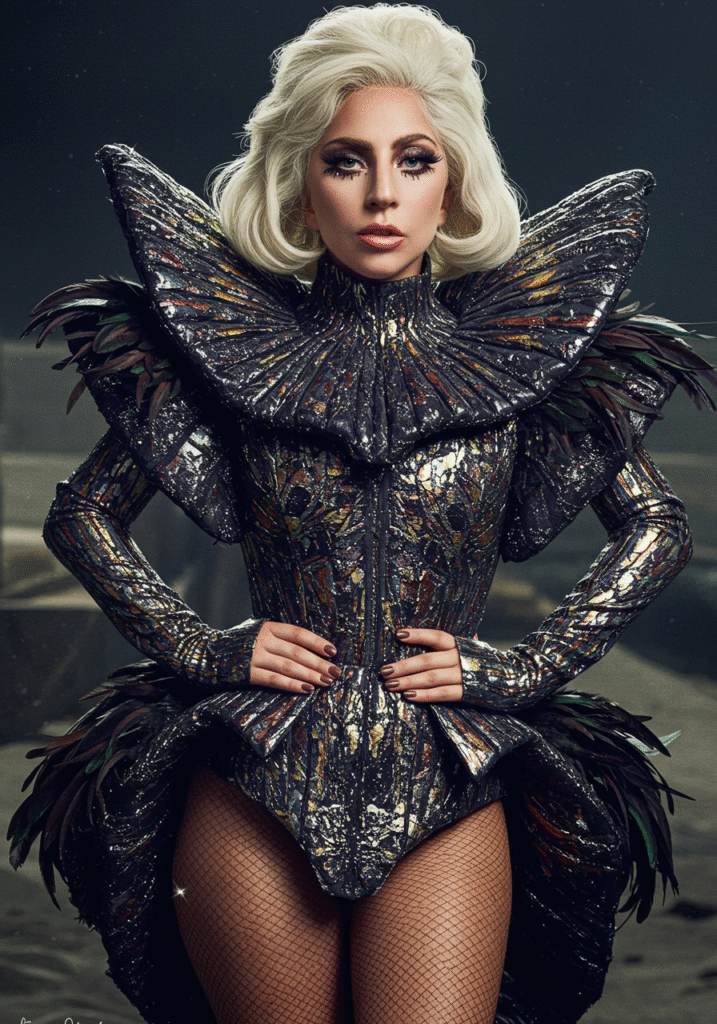
Who Is Lady Gaga?
Lady Gaga, born Stefani Joanne Angelina Germanotta on March 28, 1986, in New York City, is an American singer, songwriter, actress, and fashion icon whose influence extends far beyond the entertainment industry. Known for her powerful vocals, genre-bending music, eccentric fashion choices, and fearless personality, Gaga is one of the most transformative and influential figures in modern pop culture.
The Rise of a Pop Icon
Lady Gaga first gained worldwide fame in 2008 with the release of her debut album The Fame, which featured chart-topping hits like “Just Dance” and “Poker Face.” Her electro-pop sound, catchy hooks, and provocative visuals instantly set her apart from her contemporaries. Gaga didn’t just make music—she created an experience. Her early image was theatrical, surreal, and unapologetically bold, attracting attention from fashion houses, critics, and a rapidly growing fan base she affectionately calls her “Little Monsters.”
As she climbed the charts, Gaga’s music continued to evolve. Albums like The Fame Monster (2009), Born This Way (2011), and Artpop (2013) showcased her vocal versatility, lyrical depth, and commitment to pushing creative boundaries. With hits like “Bad Romance,” “Born This Way,” and “Applause,” she carved out a niche as a fearless voice for self-expression, LGBTQ+ rights, and the rejection of societal norms.
More Than a Pop Star
While many artists find comfort in a specific genre, Lady Gaga has constantly reinvented herself. In 2014, she released Cheek to Cheek, a jazz album with legendary singer Tony Bennett, proving her ability to cross musical boundaries. This collaboration won a Grammy and solidified her status as a respected musician beyond pop.
Her acting career also began to flourish. Gaga made her major film debut in 2018’s A Star Is Born, directed by and co-starring Bradley Cooper. Her performance was critically acclaimed, earning her an Academy Award nomination for Best Actress and a win for Best Original Song for “Shallow.” This moment marked a significant shift in public perception—Lady Gaga was no longer just a pop provocateur; she was a multi-talented artist capable of delivering raw, emotional performances on screen.
In 2021, she continued her cinematic success by portraying Patrizia Reggiani in House of Gucci, showcasing her dedication to character-driven storytelling and method acting.
A Symbol of Strength and Individuality
Lady Gaga’s career is defined by her unshakeable commitment to being unapologetically herself. Her persona has always reflected themes of resilience, transformation, and radical self-love. Whether performing in a custom-made meat dress or stripped-down in front of a piano, she connects with fans by embodying vulnerability, creativity, and strength.
Beyond music and film, she’s an advocate for mental health awareness, anti-bullying campaigns, and social justice. In 2012, she launched the Born This Way Foundation with her mother, Cynthia Germanotta, to empower youth and promote kindness, wellness, and inclusivity.
A Legacy Still in the Making
As of today, Lady Gaga has won numerous accolades, including multiple Grammy Awards, a Golden Globe, an Academy Award, and countless other honors. But her impact goes far beyond trophies. She’s a cultural force—an artist who redefines what it means to be famous, fashionable, and fearless.
In a world that often rewards conformity, Lady Gaga stands out as a living reminder that authenticity and creativity are the true keys to greatness. Whether she’s belting out a ballad, redefining red carpet norms, or speaking out on social issues, Lady Gaga continues to inspire millions to embrace their uniqueness and never be afraid to shine.
The Meat Dress
When Lady Gaga appeared at the 2010 MTV Video Music Awards wearing a dress made entirely of raw beef, it became one of the most controversial—and iconic—fashion statements in pop culture history. Designed by Franc Fernandez and styled by Nicola Formichetti, the “meat dress” was met with a storm of media coverage, PETA criticism, and endless think pieces. But beyond the shock factor, Gaga’s intention was deeply political.
The singer explained in later interviews that the meat dress was a protest against the U.S. military’s “Don’t Ask, Don’t Tell” policy, which barred openly LGBTQ+ individuals from serving. “If we don’t stand up for our rights, pretty soon we’re going to have as much rights as the meat on our bones,” she famously said.
The dress, made of flank steak and stitched together to form a fitted sheath, included a meat clutch and meat heels. It was placed on display at the Rock and Roll Hall of Fame after being preserved into a jerky-like texture—a fitting metaphor for a statement that continues to resonate in fashion and political discourse alike.
The meat dress was a turning point not just in Gaga’s wardrobe, but in celebrity fashion as a whole. It pushed boundaries about what constitutes clothing, and whether garments can function as both attire and protest art. It remains one of the most searched and discussed fashion moments of the 21st century, symbolizing how Gaga uses her body as a canvas for bold ideas.
Met Gala Madness
Lady Gaga’s appearance at the 2019 Met Gala redefined what it means to make a grand entrance. The theme that year was “Camp: Notes on Fashion,” and Gaga delivered a masterclass in theatrical presentation. With celebrity stylist and designer Brandon Maxwell at the helm, Gaga debuted not one, but four outrageous looks—layered one over the other and revealed through a live performance on the Met’s iconic pink carpet.
She began in an extravagant hot pink gown with a massive train, accessorized with a fleet of umbrella-bearing attendants. As cameras flashed and jaws dropped, she slowly stripped down to reveal a series of increasingly minimalist ensembles: a black ball gown, then a hot pink slip dress, and finally, black lingerie paired with fishnet tights and sky-high platform boots.
Gaga didn’t just walk the carpet—she performed it. She posed with an old-fashioned phone, pulled a wagon of champagne, and struck theatrical poses that turned fashion photography into living art. Her look was more than just about style—it was performance, satire, and spectacle all rolled into one.
This Met Gala appearance underscored her unique ability to control a narrative using fashion. She didn’t just wear clothes—she became the event. Her multi-layered striptease wasn’t just for drama—it was a commentary on celebrity, artifice, and the performative nature of fame.
Born This Way
The “Born This Way” era was a pivotal moment for Lady Gaga’s fashion evolution, marked by otherworldly silhouettes, prosthetic makeup, and cyberpunk aesthetics. Her wardrobe took a bold leap into the surreal, inspired by themes of transformation, identity, and alienation. Gaga’s clothes during this era weren’t just costumes; they were extensions of the “mother monster” persona she had created—a fictional, otherworldly character representing inclusivity, queerness, and self-acceptance.
One of the most unforgettable looks was her appearance on Good Morning America in 2011, where she wore a latex ensemble styled to look like human skin. Complete with facial prosthetics and a horned forehead, Gaga blurred the line between human and creature. The look shocked the public but also garnered critical acclaim for its conceptual depth and artistry.
She often collaborated with avant-garde designers like Thierry Mugler and Zaldy, leaning into high-gloss, gender-fluid, and wildly futuristic silhouettes. Her use of pointed shoulder pads, glossy leather, and dramatic makeup gave off a feeling that Gaga was not from this world—and that was entirely the point.
In a world where mainstream celebrities were still playing it safe, Gaga’s alien couture demanded attention and offered her Little Monsters (her fans) a place of belonging through visual rebellion. Each look communicated messages about identity, freedom, and embracing the abnormal.
Paparazzi-Proof Armor
If Lady Gaga were a superhero, her costume of choice might be made of chrome, PVC, and a whole lot of attitude. In the early 2010s, Gaga frequently stepped out in head-to-toe metallics, giving off the impression that she was not just a pop star—but a machine, armored against public scrutiny.
A standout example is the spiked metallic bodysuit she wore during her “Monster Ball” tour. Designed by Haus of Gaga, the spiked shoulders and mirrored surfaces reflected light in dazzling patterns, literally blinding the cameras that tried to capture her. It was both fashion and a clever method of maintaining privacy in plain sight.
Then came the orbital dress—a silver masterpiece made of rotating rings that spun around her like Saturn’s rings. It was engineering meets fashion, and it stunned both audiences and critics alike. Gaga also wore a number of outfits made of mirrors, plastic, and even a dress with light-up components, suggesting a symbiotic relationship between human and machine.
This fashion chapter wasn’t just about protecting herself from fame’s invasive gaze—it was about reclaiming power. The use of “armor” told the story of a woman who was no longer a passive participant in celebrity culture, but a force to be reckoned with. In the process, Gaga transformed industrial materials into symbols of glamor, power, and control.
Haute Couture on Steroids
Beyond red carpets and award shows, Lady Gaga has left an indelible mark on the haute couture world. Designers dream of working with her—not just because of her influence, but because of her fearless approach to high fashion. When Gaga wears couture, she doesn’t just model it—she embodies it, amplifying its intensity, and giving life to the wildest artistic visions.
Her collaborations with designers like Alexander McQueen, Iris van Herpen, and Valentino have produced some of the most mind-bending runway moments in modern memory. One unforgettable instance was her appearance in Alexander McQueen’s Armadillo Boots—ten-inch high heel creations that even professional models were afraid to walk in. Gaga didn’t just walk in them—she danced in them during her “Bad Romance” video, turning them into symbols of avant-garde bravado.
She’s also known for rocking gravity-defying pieces from Iris van Herpen, including laser-cut gowns and 3D-printed dresses that look more like sculptures than clothing. In 2021, Gaga stunned Paris Fashion Week in a black-and-white couture look from Schiaparelli with enormous gold dove earrings and a fitted velvet jacket shaped like an anatomical heart.
Each runway appearance is a reminder that Gaga sees fashion not as decoration, but as communication. She speaks through shapes, materials, and surrealism—turning even the most abstract concepts into wearable poetry.
FAQs
What is Lady Gaga’s most famous crazy outfit?
Her most iconic and controversial look is undoubtedly the meat dress she wore at the 2010 MTV VMAs. Made from real raw beef, it was a protest against the military’s “Don’t Ask, Don’t Tell” policy and has since become a pop culture symbol.
Why does Lady Gaga wear such outrageous outfits?
Gaga uses fashion as a form of artistic and political expression. Her outfits often symbolize personal freedom, societal critique, or the exploration of identity. Each look tells a story or represents a deeper message.
Who are the designers behind Lady Gaga’s craziest looks?
Gaga frequently collaborates with avant-garde designers like Alexander McQueen, Iris van Herpen, Brandon Maxwell, and her own creative team, Haus of Gaga. These partnerships produce bold and theatrical couture that push fashion boundaries.
What did Lady Gaga wear to the 2019 Met Gala?
She wore four different looks, all layered and revealed in a performance on the pink carpet. Starting with a massive fuchsia gown and ending in lingerie, the strip show was choreographed and styled by Brandon Maxwell to embody the camp theme.
Has Lady Gaga’s fashion style changed over time?
Yes, Gaga’s style has evolved from outrageous and futuristic to more refined and elegant in recent years. However, she still incorporates dramatic flair and symbolism, making even her minimalist looks deeply meaningful.
Conclusion
Lady Gaga’s style is not just a chronicle of celebrity fashion—it is a disruptive manifesto. Through her audacious wardrobe choices, Gaga has torn down the walls between art and clothing, challenging the status quo in the worlds of music, fashion, and even politics. Her craziest outfits are not just for shock value or attention—they are immersive, multilayered stories encoded in fabric, metal, latex, and raw meat.
To understand the impact of Gaga’s wildest fashion moments, you must first understand that she is not merely a singer or entertainer. Gaga is a performance artist who uses clothing as a medium for expression, transformation, and subversion. Every outfit—whether it’s an architectural couture piece, an alien prosthetic look, or a flesh-covered ensemble—is deliberate. Her fashion is theater, provocation, and empowerment all rolled into one.
The meat dress, for example, might seem grotesque or confusing at first glance, but it opened a global conversation about individual rights and the commodification of human bodies. Likewise, her 2019 Met Gala performance wasn’t just about glamour—it was a deconstruction of fame itself, presented through a live striptease on the pink carpet. Gaga constantly asks her audience to think deeper about identity, societal expectations, and what it means to be seen.
What truly sets her apart is her ability to make absurdity meaningful. In Gaga’s universe, even the most outlandish items—a bubble dress, a towering headpiece, a see-through orb—can symbolize something profound. They are not just “crazy clothes” but visual statements about queerness, acceptance, resistance, and vulnerability. When she donned alien prosthetics during her “Born This Way” era, she wasn’t just playing dress-up—she was speaking to anyone who has ever felt like an outsider.
In addition to being a fashion innovator, Gaga has democratized the art of high-concept styling. She invites her fans—her “Little Monsters”—to see themselves in her transformations. Her looks say, “You can be whoever you want to be. You don’t have to conform. You are beautiful because you are different.” That’s a message more powerful than any runway trend or couture label.
Moreover, Gaga has changed how celebrities engage with the fashion industry. Before her, red carpet style was largely about elegance, safety, and mass appeal. But Gaga rewrote the rules. She brought back the idea that fashion should evoke emotion—whether that’s discomfort, awe, laughter, or reflection. Designers now seek her out not just because she’s influential, but because she’s fearless. She gives their boldest visions a living, breathing platform.
From a media standpoint, Gaga’s style is a masterclass in branding and cultural impact. Her ability to generate buzz with each appearance—without speaking a word—proves how visual language can dominate headlines, trending topics, and even social discourse. And yet, despite the magnitude of her outfits, she never loses sight of authenticity. Gaga’s looks may be constructed, but her message never feels fake.
It’s also important to recognize how her fashion risks have paved the way for others. Stars like Doja Cat, Lil Nas X, and Billie Eilish now embrace the avant-garde on red carpets in ways that were once unthinkable. Gaga has shown them—and the world—that “crazy” doesn’t mean frivolous. It means fearless, imaginative, and transformative.
Even today, with a more subdued style during her “A Star Is Born” and “House of Gucci” press tours, Gaga’s essence remains. Whether she’s in a towering ensemble or a minimalist black gown, she carries with her the legacy of a fashion revolutionary. The DNA of her early style experiments—boldness, symbolism, performance—still runs through every thread.
Lady Gaga’s craziest clothes are, in many ways, her greatest artistic achievements. They live on not just in photos or museum exhibits, but in the broader conversation about what it means to be unapologetically yourself in a world that often demands conformity.
In the end, Gaga’s fashion is more than wearable art. It’s a declaration of freedom.

